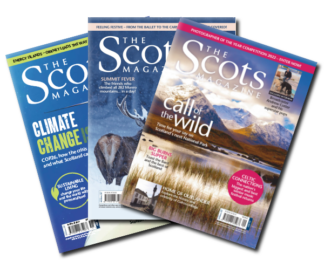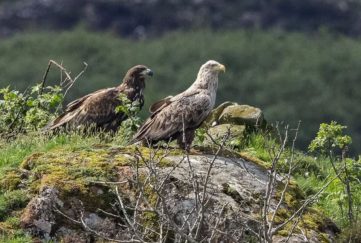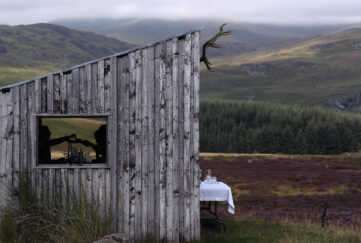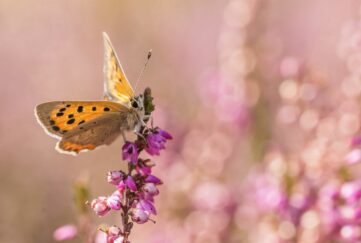Stories In The Snow – The Otter Slide
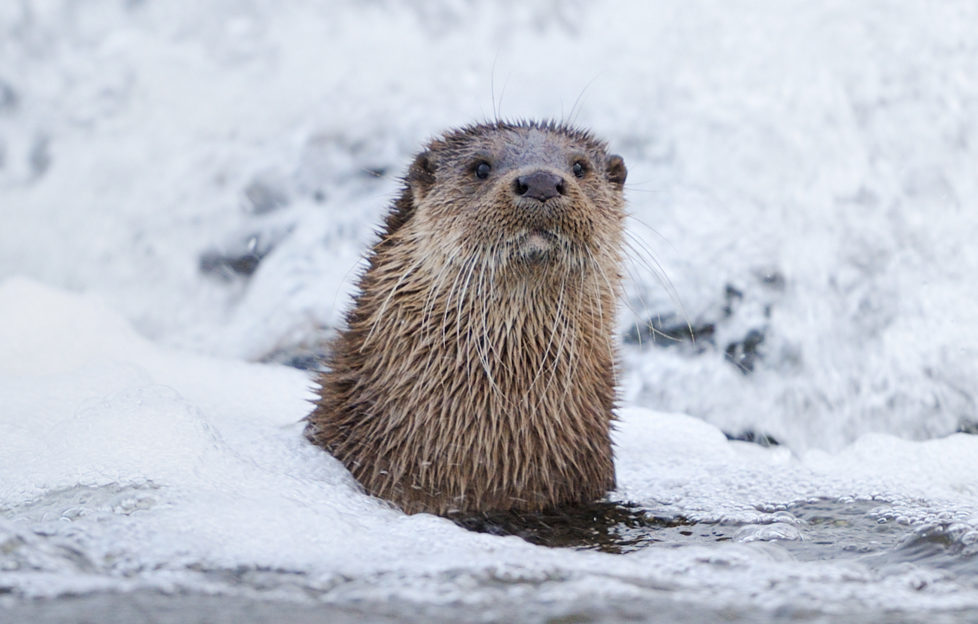
 Jim Crumley takes you a wander through his winter wonderland with this short series of recalled adventures in the snow. Here he shares a fascinating otter spotting!
Jim Crumley takes you a wander through his winter wonderland with this short series of recalled adventures in the snow. Here he shares a fascinating otter spotting!
The great thing about new snow at the end of autumn for a nature writer is that you can start to read about the inhabitants of the wood – or wherever – because they start to write their stories in the snow.
Footprints, here walking slowly, here lengthening the stride, here running flat out, here coming to a sudden standstill then sitting – see where the tail wrapped around the hurdies!
A few bloodspots can detain you for hours while you try to reconstruct the events that put them there.
I lived for a few years in Balquhidder, near a pond with a reed bed that ended in a steep bank. As soon as the snow grew deep enough to sustain a slide, the neighbourhood otters wore a new path from the pond through the reeds to the top of the bank to the slide.
What routinely follows is the otter’s character note that sets it apart from all the others of the weasel tribe. The admirable American nature writer Ernest Thompson Seton was being delighted by them more than a hundred years ago. This is from his Wild Animals at Home published in 1913:
“…every individual of the species frequents some otter slide. This is any convenient steep hill or bank, sloping down into deep water, prepared by much use, and worn into a smooth shoot that becomes especially serviceable when snow or ice are there to act as lightning lubricants. And here the otters will meet, old and young, male and female, without any thought but the joy of fun together, and shoot down one after the other, swiftly, and swifter still, as the hill grows smooth with use… and chase each other with little animal gasps of glee, each striving to make the shoot more often and more quickly than the others…”
This, or something very like it, was going on at the Balquhidder pond, although I only ever witnessed its aftermath despite watching at various hours of the day and night. But it became clear that it was most enthusiastically used under two particular sets of conditions.
One was when a deep snowfall set in and provided optimum sledging conditions. But the other was whenever the first snow came, because the whole concept of sledging had become a novelty all over again for the adults, and an ecstatic discovery for the year’s cubs. And every morning after the night before I would go to the pond and read about it.
You can read more of Jim Crumley’s Scottish wildlife columns online here, and each month in The Scots Magazine.
Subscribe to The Scots Magazine today for more from Jim Crumley >>
